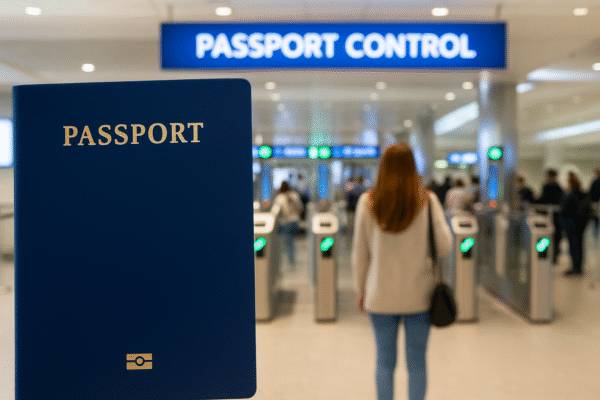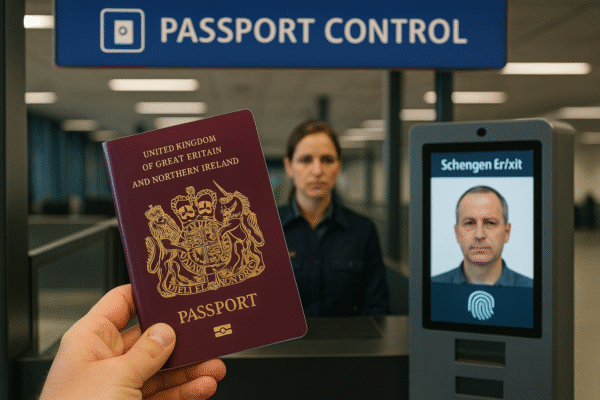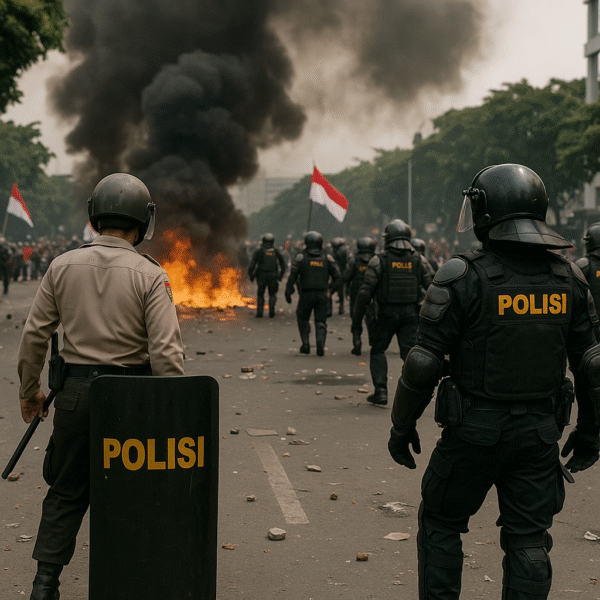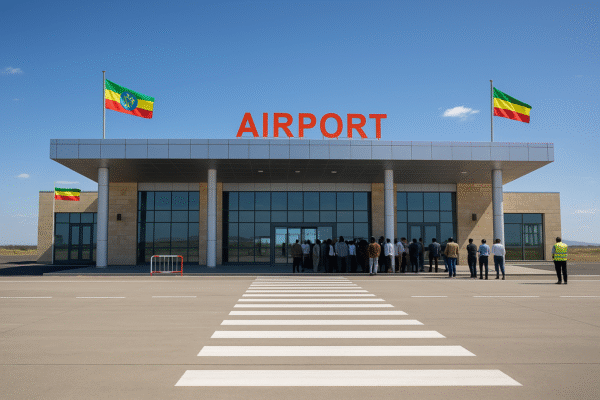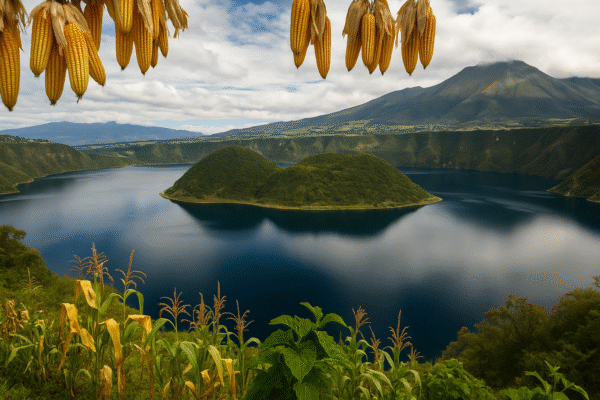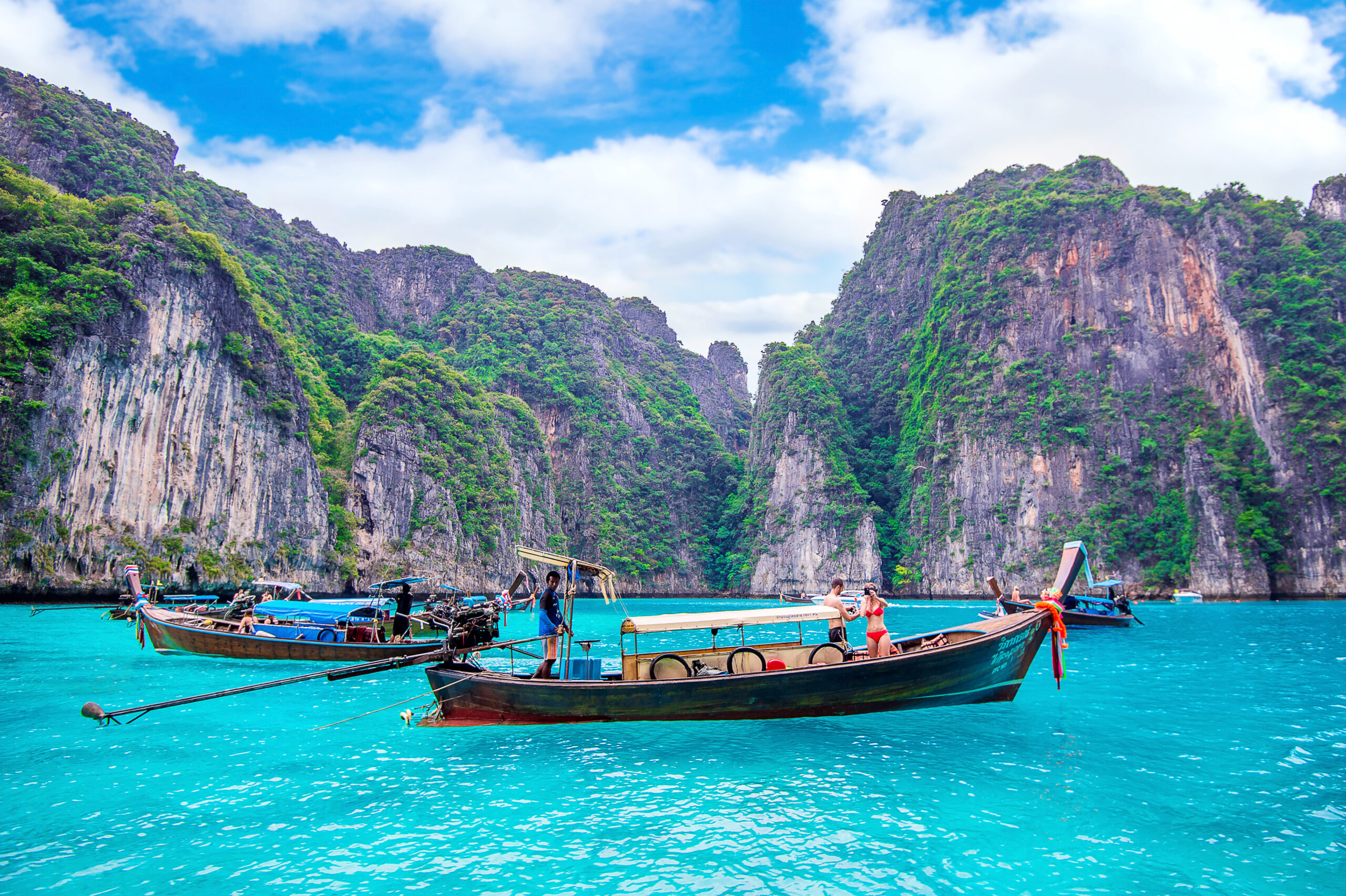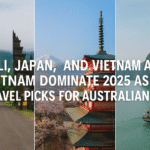Thailand’s tourism industry is roaring back in 2025, welcoming more than 16 million international visitors in the first six months of the year and generating 743.58 billion baht in revenue, according to the Tourism Authority of Thailand (TAT). The sharp growth is being driven by rising travel demand from China, Malaysia, and South Korea, as well as growing interest in lesser-known yet wallet-friendly destinations such as Hatyai, which now ranks among the top three most affordable cities in Asia.
As global travelers search for destinations offering value and cultural depth, Thailand continues to lead the way with new regional offerings, expanded air connectivity, and diverse experiences that range from tropical escapes to heritage-rich adventures.
Hatyai Emerges as Thailand’s Budget Travel Capital
Once overshadowed by beach destinations like Phuket and Pattaya, Hatyai—located in Songkhla Province in southern Thailand—has rapidly gained recognition in 2025 as a go-to destination for budget-conscious tourists, particularly from Malaysia and Singapore.
Hatyai offers a vibrant local scene complete with:
- Authentic southern Thai cuisine
- Bustling night markets
- Accessible seaside attractions
- Significantly lower accommodation and food costs compared to larger tourist hubs
According to recent travel index reports, Hatyai is now considered one of Asia’s three cheapest cities for travelers, making it a compelling option for regional tourists seeking high-value getaways.
This trend is part of a broader strategy by Thai tourism authorities to promote second-tier cities, reducing pressure on overcrowded hotspots while distributing economic benefits more evenly across the country.
China, Malaysia, and South Korea Drive Visitor Volume
Tourism arrivals from China continue to lead the way, reaffirming the strong travel corridor between the two nations. Since China eased outbound travel restrictions, Thai-Chinese airline routes have expanded significantly, especially to Bangkok, Chiang Mai, and coastal cities.
Malaysia follows closely behind, buoyed by cross-border access, strong cultural ties, and short-haul flight options. Hatyai, in particular, has become a weekend favorite for Malaysians looking for street food, massages, and seaside markets without breaking the bank.
Meanwhile, South Korean travelers lead the pack in average length of stay, spending more time per visit than any other nationality. They are joined by long-stay visitors from Japan, Singapore, and Malaysia, indicating that travelers are increasingly choosing Thailand not just for quick holidays, but for extended, immersive experiences.
What’s Fueling the Tourism Boom?
Several key developments have contributed to Thailand’s tourism success in the first half of 2025:
- Improved flight connectivity, with expanded routes between Thailand and major Asian cities
- Simplified visa procedures, including e-visa expansion and visa-free policies for select nationalities
- Targeted tourism promotions, especially under the banner of “2025 Grand Tourism and Sports Year”, which includes festivals, provincial showcases, and international sporting events
- Renewed interest in Thailand’s diverse regions, from wellness retreats in Chiang Mai to island-hopping in Krabi and budget adventures in Hatyai
Thailand’s strategic positioning in Southeast Asia, combined with modern infrastructure and world-class hospitality, continues to attract tourists looking for culture, cuisine, affordability, and nature all in one destination.
Domestic and Outbound Travel Also on the Rise
While inbound tourism surges, Thai outbound travel is also booming in 2025. Popular destinations for Thai travelers include:
- Tokyo and Osaka (Japan)
- Seoul (South Korea)
- Hong Kong
- Taipei (Taiwan)
Thanks to enhanced regional flight networks and cultural affinity with East Asian destinations, Thai travelers are increasingly venturing abroad for shopping, gastronomy, and urban exploration.
Tourism Snapshot: Thailand Jan–Jun 2025
| Metric | Stat |
|---|---|
| Total International Visitors | 16 million |
| Tourism Revenue | 743.58 billion baht |
| Top Inbound Markets | China, Malaysia, South Korea |
| Cities with Highest Bookings | Bangkok, Pattaya, Phuket |
| Top Emerging Destination | Hatyai (Top 3 cheapest in Asia) |
| Longest-Staying Tourists | South Korea, Japan, Singapore, Malaysia |
| Thai Outbound Travel Hotspots | Tokyo, Osaka, Seoul, Hong Kong, Taipei |
A Future-Ready Strategy for Tourism Sustainability
As part of its 2025 strategy, Thailand continues to diversify its tourism portfolio. The government aims to promote sustainable and inclusive tourism through:
- Eco-tourism programs in northern provinces
- Cultural heritage trails in rural areas
- Support for digital nomads and remote workers in Chiang Mai and Koh Phangan
- Smart tourism infrastructure, including multilingual apps and AI concierge systems
Authorities are also addressing issues of overtourism by encouraging visits to emerging regions and limiting crowd sizes at sensitive heritage sites.
Conclusion: Thailand’s 2025 Travel Renaissance is Here
With 16 million visitors in the first half of 2025 and Hatyai gaining status as a leading budget destination in Asia, Thailand has firmly positioned itself as a top performer in the post-pandemic tourism revival. Backed by regional partnerships, investment in infrastructure, and smart tourism policies, the kingdom is poised to exceed its annual targets while creating inclusive and sustainable travel opportunities for the future.
Whether you’re looking for the luxury of Phuket, the culture of Chiang Mai, or the value-for-money charm of Hatyai, Thailand in 2025 is once again Asia’s premier travel playground—vibrant, varied, and visitor-ready.
For more travel news like this, keep reading Global Travel Wire


